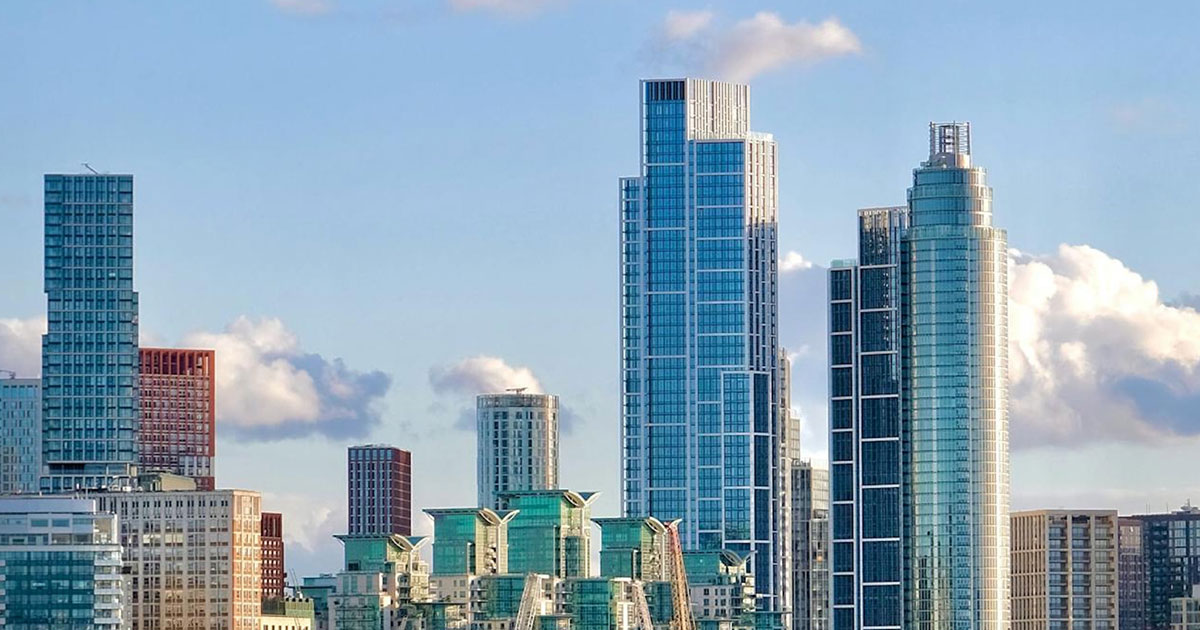Building Safety Levy: Another hurdle for developers now planned for 2026

The Government has published its response to the technical consultation it ran on the Building Safety Levy which closed in February 2024. For those who have followed the developments of the levy, there will not be many surprises as generally the Government has confirmed it is proceeding with what it had proposed previously. Here are a few key points confirmed in this response:
Timing
- Delay in implementation to Autumn 2026 (and no exact date has been set).
Calculation of the levy
- The calculation of the levy will be on a ‘per square metre’ measurement rather than a ‘per unit’ of residential building and will be by reference to the gross internal area (GIA) of the development (based off RICS Code of Measuring Practice 6th Ed.). Communal spaces will be included within the GIA for the development. If the communal space is shared with an exempt part of a development (such as an entrance shared between affordable housing residents and private residents) then an apportionment will be applied to the communal space GIA based on the proportion of the development used for the exempt use.
- The rates will be set per local authority and any further granularity was rejected by the Government.
- The rates will be reviewed every 3 years (the Government dismissed suggestions of the rates being subject to indexation), albeit the Government reserved the right to review the rate more frequently if warranted.
- The 50% discount applied to developments on Previously Developed Land (PDL) will apply where 75% or more of the site is on such PDL. PDL will be defined by reference to a similar definition used in the National Planning Policy Framework (NPPF).
Procedure of the levy
- Some further insight was given on what information will be required and when in respect to confirming whether a development is chargeable:
- When applying for building control approval either to a local authority or the Building Safety Regulator (BSR), developers will need to submit information confirming:
- Information regarding the planning permission or application under which the development or bedspaces in the case of purpose built student accommodation.
- The number of dwellings which will be created as a result of the development or bedspaces.
- When the first commencement notice stage is submitted:
- Information as to whether exemptions to the levy charge apply.
- If the works are chargeable, whether the development is on PDL.
- If the works are chargeable, the GIA for the chargeable floorspace of the development, including communal areas.
- Other supporting evidence will be required to be submitted when these confirmations set out above are provided to the relevant building control authority.
- When applying for building control approval either to a local authority or the Building Safety Regulator (BSR), developers will need to submit information confirming:
- Where information is not provided in respect to whether a development is chargeable under the levy, that will be ground for rejecting a building control approval application or initial notice.
- As previously proposed by the Government, a building control completion certificate cannot be issued without confirmation that the relevant levy has been paid. When applying for the completion certificate, the developer will need to confirm in a statement that it has paid the levy. Local authorities should issue confirmation of receipt of payment within two weeks of payment being received.
- There will be an opportunity to dispute a decision on the levy within 28 days of the decision being confirmed to the local authority.
We will need to wait to see whether any changes are made in implementing this policy when the secondary legislation is drafted and passed into law. Additionally, owing to the uncertainty on timing, developers will likely need to budget for paying the levy ahead of knowing when the exact date of introduction will be in the Autumn of 2026. The levy is a further hurdle for developers in achieving the returns they require in an already challenging market given current viability issues for residential developments.
Subcribe to news and viewsThe Building Safety Levy (the levy) is part of the government’s plan to accelerate the pace of remediation. It is essential to protect leaseholders from remediation costs and helps deliver the Prime Minister’s promise that building safety is a top priority for this government
https://www.gov.uk/government/consultations/building-safety-levy-technical-consultation/outcome/building-safety-levy-technical-consultation-response


